Magma is molten rock that is deep underground within the Earth's mantle and portions on the crust called magma chambers.
Click on image for full size
Courtesy of Boise National Forest
Magma
If you could travel to the center of the Earth, you would find that it gets hotter and hotter as you travel deeper. The heat is naturally produced by decay of radioactive elements. Within the Earth’s mantle layer it is hot enough that much of the rock is molten. The molten rock is called magma. Magma is so hot that it glows white and is so bright that you’d need sunglasses to look at it! If it flows into an area underground that is less hot, it cools, becomes yellow, and then increasingly deeper shades of red. As it cools slowly, minerals crystallize from the melt forming intrusive igneous rocks like granite.
If magma finds a crack in the Earth and comes to the surface, it is called lava and cools to form extrusive igneous rocks like basalt.
Magmas can be different depending on their chemical composition. Magma is a mixture of elements such as silica, oxygen, iron, sodium, and potassium and not all magmas have the same amounts of each element. As the molten material cools, elements combine to form the common types of silicate minerals, which are the building blocks of igneous rocks. Rocks that form from different types of magma are often made of different minerals.
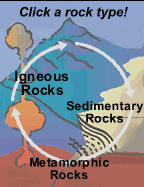
Last modified June 17, 2003 by Lisa Gardiner.
You might also be interested in:
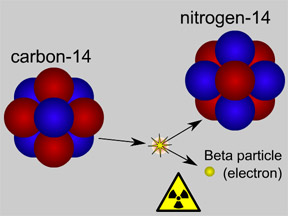
Some materials are radioactive. They emit radiation. When an atom of a radioactive substance emits radiation, it is transformed to a new type of atom. This process is called radioactive decay. There are
...more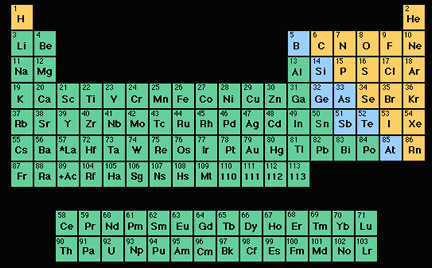
Everything you see around you is made of tiny particles called atoms, but not all atoms are the same. Different combinations of protons , neutrons and electrons make different types of atoms and these
...more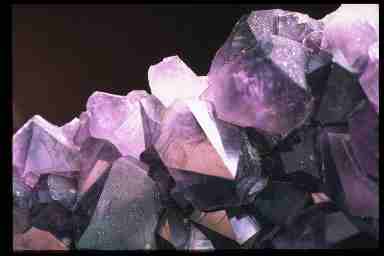
Minerals occur naturally on rocky planets and form the building blocks of rocks. They are non-living, solid, and, like all matter, are made of atoms of elements. There are many different types of minerals
...more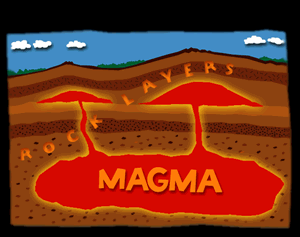
Intrusive igneous rocks, also called plutonic rocks, form deep below the Earth’s surface when magma, or molten rock, rises into a crack or an underground chamber within the Earth. The chamber is a little
...more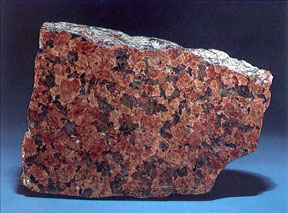
As granite is an intrusive igneous rock, a close look at a piece of granite will reveal that there are crystals of common silicate minerals within it such as quartz, plagioclase feldspar and orthoclase
...more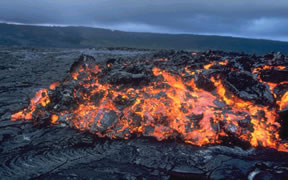
Basalt is a hard, black extrusive igneous rock. It is the most common type of rock in the Earth's crust and it makes up most of the ocean floor. The prevalence of dark minerals such as pyroxene and olivine
...more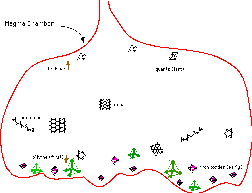
Magma consists of remelted material from Earth's crust and fresh material from the aesthenosphere, relatively near the Earth's surface. When magma is erupted onto the surface in the form of lava, it becomes
...more















